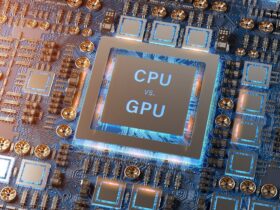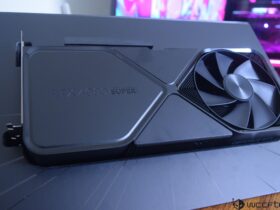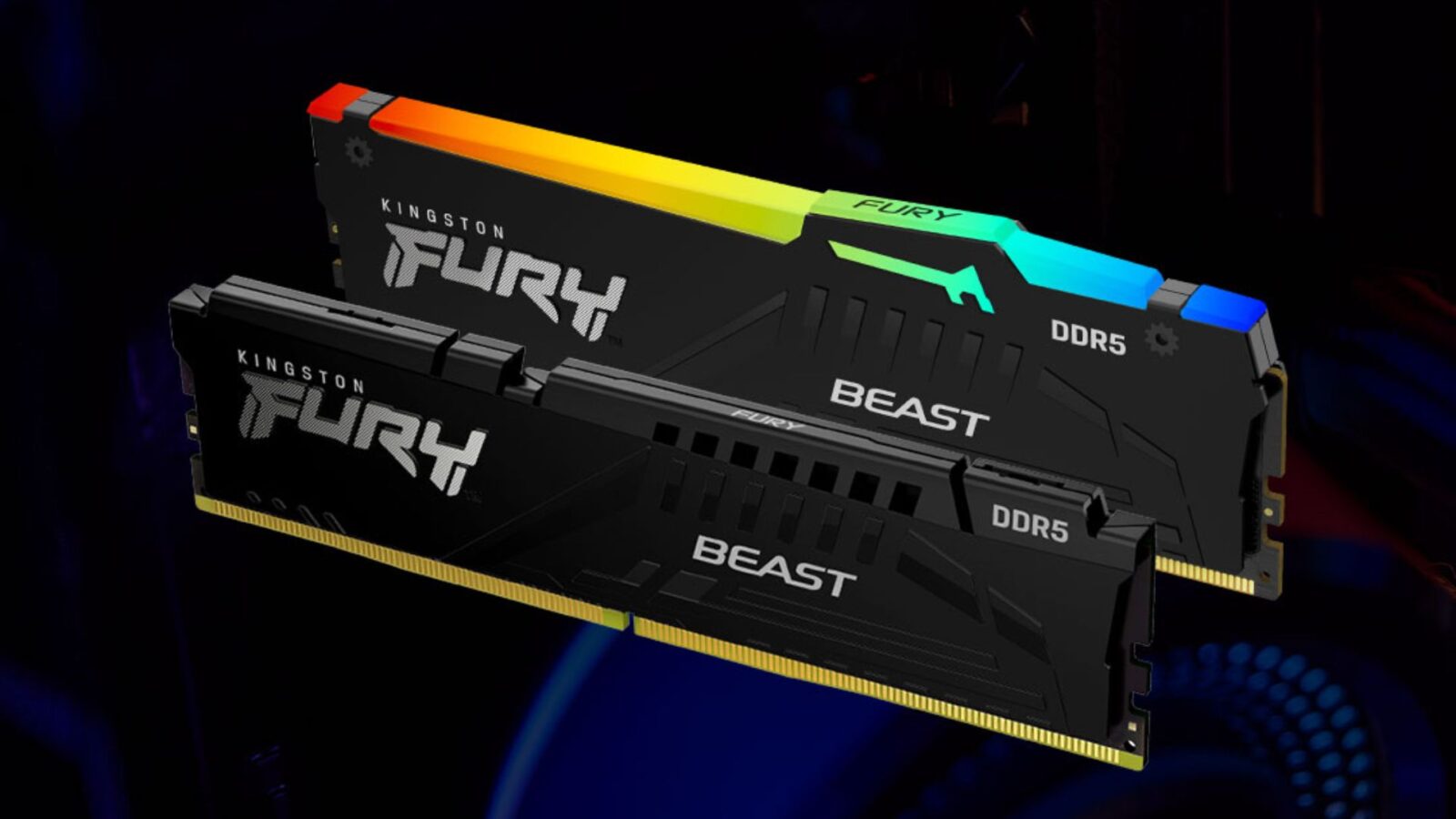Daftar Isi
Random Access Memory (RAM) is the unsung hero of modern computing. While CPUs and GPUs often steal the spotlight, RAM quietly plays a critical role in determining system performance. As technology advances, RAM evolves to keep pace with the demands of applications, gaming, and multitasking. In this article, we’ll explore the trends shaping RAM development, focusing on DDR5 and what lies beyond.
Unveiling DDR5 RAM: The Next Evolution in Memory Technology
DDR5 (Double Data Rate 5) stands at the forefront as the fifth generation of DDR SDRAM (Synchronous Dynamic Random Access Memory), poised to revolutionize memory performance and capabilities. Promising substantial improvements over its predecessor, DDR4, this latest iteration of memory technology brings forth a multitude of advancements. Here’s a closer look at what makes DDR5 a true game-changer:
Lightning-Fast Speeds
DDR5 wastes no time in raising the bar for memory performance, boasting data rates that start at an impressive 4800 mega transfers per second (MT/s) and soar to staggering peaks exceeding 6400 MT/s. This substantial increase in speed translates to accelerated data access, effectively minimizing bottlenecks and elevating overall system responsiveness. Whether you’re engaging in intensive gaming sessions, multitasking with demanding applications, or tackling complex computational tasks, DDR5 ensures a seamless and fluid user experience.
Expansive Capacity
In addition to its blazing speed, DDR5 introduces a significant boost in capacity, offering ample room per stick to accommodate diverse computing needs. Personal users can now harness the power of DDR5 modules boasting capacities of up to 32GB, providing the ideal solution for memory-intensive applications, content creation, and multitasking. For server environments and enterprise-level operations, DDR5 pushes the boundaries even further, delivering staggering capacities of up to 256GB per module. This expanded capacity caters to the demands of virtualization, large datasets, and high-performance computing, empowering organizations to achieve unparalleled levels of efficiency and productivity.
Enhanced Power Efficiency
DDR5 sets the stage for a new era of energy-efficient computing, thanks to its innovative features such as on-die ECC (Error-Correcting Code) and advanced power management capabilities. By striking a delicate balance between performance and energy efficiency, DDR5 ensures optimal power utilization, making it an ideal choice for a wide range of computing environments. From laptops and mobile devices striving for extended battery life to data centers and server farms aiming to minimize operational costs, DDR5 emerges as a pivotal technology driving the evolution of modern computing.
Embracing the Future of Memory Technology
As DDR5 makes its mark on the world of computing, it heralds a new era of innovation and advancement. With its unparalleled speed, expansive capacity, and enhanced power efficiency, DDR5 stands poised to redefine the boundaries of memory technology, unlocking new possibilities and driving progress across diverse industries. Whether you’re a tech enthusiast, a professional user, or an enterprise seeking to stay ahead of the curve, DDR5 represents a transformative leap forward in memory performance and capabilities.
Read More: Motherboard Evolution from ATX to Mini-ITX and Beyond
Exploring the Horizon: The Next Chapter in PC Memory Technology
While DDR5 currently reigns supreme in the realm of PC memory, the future of memory technology holds a treasure trove of possibilities waiting to be unearthed. Here’s a glimpse into what lies beyond DDR5 and the exciting avenues that await:
Advancements in Packaging Technology
As DDR5 continues to evolve, the limitations of traditional memory module configurations have become apparent, particularly in the realm of high-speed builds. The use of four DIMMs (Dual In-Line Memory Modules) in DDR5 setups can lead to significant drops in speed and reliability, presenting challenges for users seeking optimal performance. To address these limitations, future memory architectures may explore alternative packaging solutions, such as 3D stacking or chiplet-based designs. By leveraging innovative packaging techniques, manufacturers can overcome the constraints imposed by traditional module configurations, paving the way for enhanced performance and scalability in future memory systems.
Exploration of Emerging Memory Technologies
Beyond the confines of conventional DDR5 memory, researchers are delving into the realm of emerging memory technologies, each offering unique advantages and capabilities. Among these cutting-edge technologies are MRAM (Magnetoresistive RAM), PRAM (Phase-Change RAM), and ReRAM (Resistive RAM). These next-generation memory solutions promise to revolutionize the landscape of PC memory with their potential for faster speeds, non-volatility, and scalability. While these technologies have yet to achieve mainstream adoption, their development holds immense promise for the future of memory technology. As research and innovation continue to propel these emerging technologies forward, they stand poised to redefine the boundaries of PC memory, unlocking new levels of performance and efficiency for users worldwide.
Embracing the Future of PC Memory
As we peer into the horizon of PC memory technology, it’s clear that the journey is far from over. While DDR5 continues to dominate the present landscape, the road ahead is paved with innovation, exploration, and boundless potential. With advancements in packaging technology and the emergence of novel memory technologies, the future of PC memory holds exciting possibilities for users seeking enhanced performance, reliability, and scalability. As researchers and manufacturers continue to push the boundaries of what’s possible, the evolution of PC memory stands as a testament to the relentless pursuit of progress in the world of technology.






























